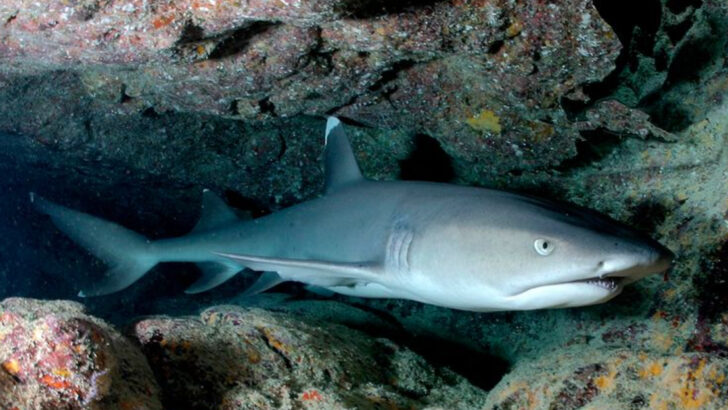Not all sharks make the history books—but some of them absolutely should have.
Before Shark Week, before Jaws, and way before viral TikToks, there were real fins in the water that made swimmers sprint for shore. We’re talking about the forgotten terrors of the deep—species that once stirred up fear along U.S. coastlines, then vanished from headlines like ghost stories.
These weren’t your average reef cruisers. Some were giants. Some were freaky. And a few were just plain mean.
They ruled the waves in the early 1900s, and now? Almost nobody remembers their names. Let’s drag these underwater legends back into the spotlight.
Dusky Shark
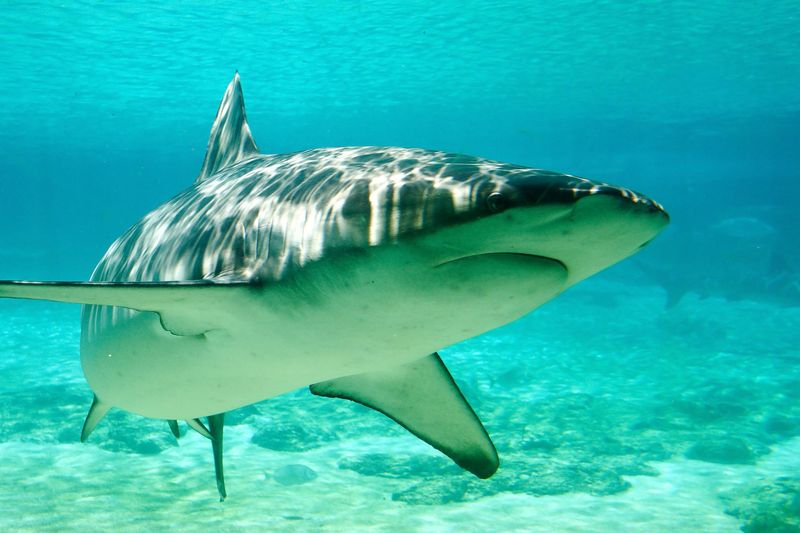
The dusky shark was once a familiar sight along U.S. beaches in the early 1900s, haunting the shallows like a shadow of the deep. With its sleek body and menacing fin slicing through the water, it was both feared and revered.
The dusky shark’s powerful build and reputation for aggression often led to exaggerated tales of terror among local fishermen. Despite its formidable presence, it played an important role in maintaining marine balance.
Though their numbers dwindled due to overfishing, their legacy remains embedded in the fabric of coastal folklore.
Sand Tiger Shark

Lurking in the shadows of piers and boardwalks, the sand tiger shark captivated beachgoers with its jagged teeth and calm demeanor. Unlike its fearsome reputation, this shark was more of a gentle giant, gliding lazily through the surf.
Its presence was a reminder of the ocean’s mysteries, often causing a mix of fear and curiosity among summer tourists.
Despite their sluggish appearance, sand tiger sharks were efficient predators, maintaining the delicate balance of marine ecosystems. Today, their haunting visage is mostly a memory, replaced by stories of their silent grace.
Thresher Shark
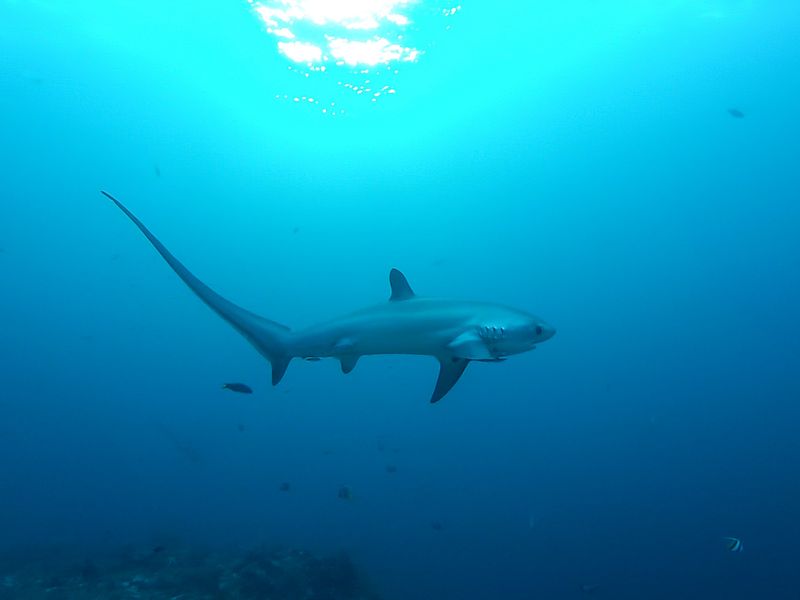
The thresher shark’s tale is one of wonder and myth, with its long tail fin often mistaken for a sea serpent’s coil by startled onlookers. In the 1900s, this unique trait made it a frequent topic of beachside tales.
Known for its acrobatic leaps and surprising speed, the thresher shark was a spectacle in the open waters.
Though not typically aggressive toward humans, its sheer size and agility kept swimmers on high alert. Its disappearance from local waters marked the end of an era filled with mystery and awe, leaving only legends behind.
Smooth Hammerhead Shark
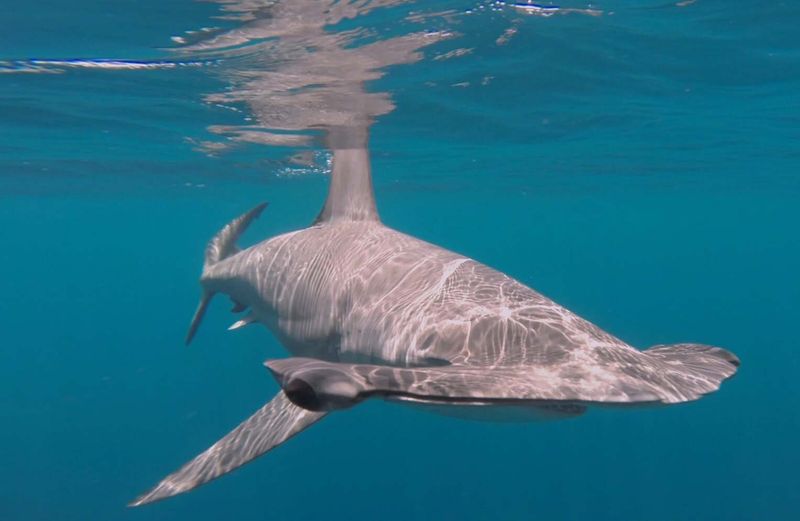
The smooth hammerhead shark, with its distinct T-shaped head, was a curious visitor to U.S. coastlines during the early 20th century. Its unusual appearance often struck fear into the hearts of beachgoers.
Despite its intimidating look, this species was more interested in hunting fish than interacting with humans.
The sight of its unique silhouette against the ocean’s horizon sparked both fear and fascination. Over time, as human activity increased, sightings became rarer. This mysterious creature now resides mostly in stories passed down through generations of coastal dwellers.
Blacktip Shark

Once a common sight in the surf, the blacktip shark was both a source of thrill and trepidation for early 1900s beachgoers. Known for jumping out of the water in pursuit of prey, these sharks were a spectacle of nature’s raw energy.
Their distinctive black-tipped fins were a signature sight against the blue waves, often causing a stir among swimmers.
Despite their occasional boldness, blacktip sharks were not a significant threat to humans. Over the years, their presence dwindled, leaving behind tales of their once frequent frolics along the coast.
Bull Shark
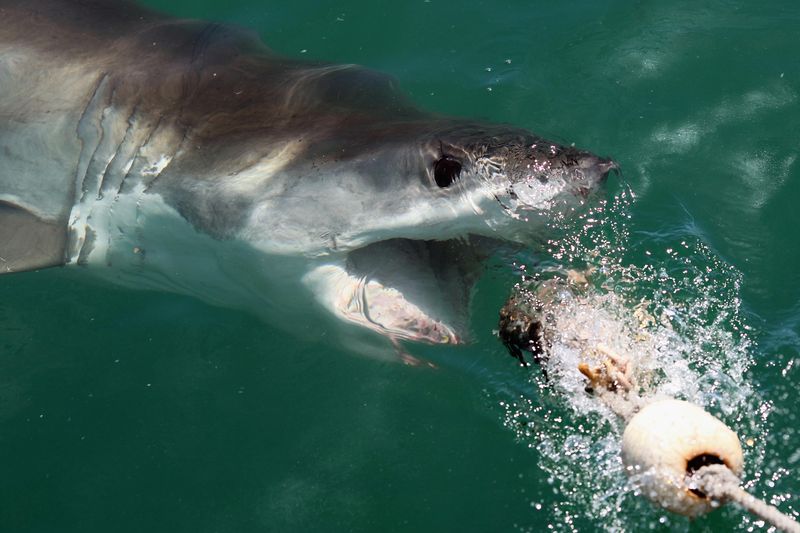
The bull shark, notorious for its adaptability, was a formidable presence along U.S. beaches in the early 1900s. Known for swimming in both salt and fresh waters, it was as mysterious as it was feared.
Its aggressive nature made it a frequent topic of local lore and cautionary tales among beach communities.
Bulky and bold, the bull shark’s encounters with humans were rare but memorable, often leading to exaggerated stories of danger and survival. Though less common now, its legacy as a formidable predator continues to echo through time.
Tiger Shark
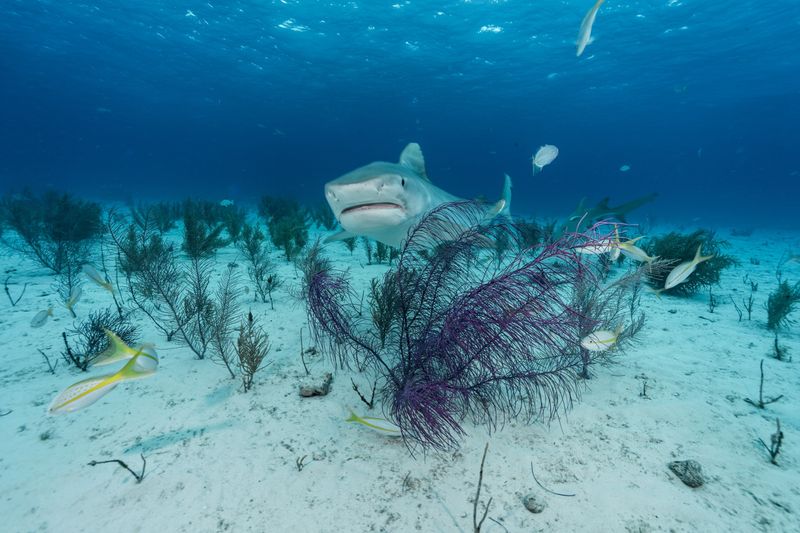
With stripes reminiscent of its namesake, the tiger shark was a striking figure in the waters off U.S. beaches during the early 20th century. This scavenger was known for its voracious appetite and curiosity, often following ships and exploring coastal areas.
Beachgoers would watch with a mix of fear and awe as tiger sharks patrolled the shallows.
Their bold behavior and reputation for unpredictability made them the subject of countless tall tales. Although sightings are fewer today, their place in the annals of beach lore remains unchallenged, a testament to their formidable presence.
Great White Shark
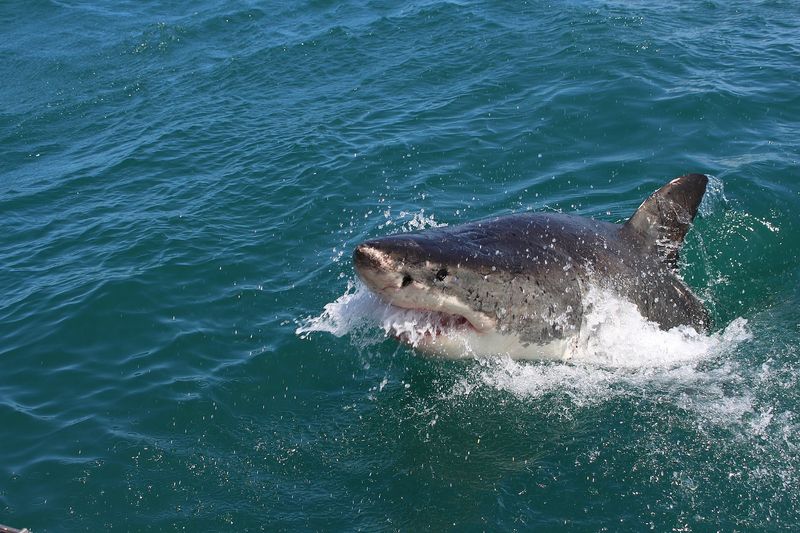
The great white shark’s reputation as a fearsome predator was well-earned even in the early 1900s. Its dorsal fin slicing through the surf was enough to send shivers down the spines of beachgoers.
Known for their size and power, these sharks were both respected and feared by those brave enough to venture into the ocean.
Despite their fearsome image, great whites were crucial in maintaining ecological balance. Their presence has become more symbolic now, but tales of their grandeur and power still reverberate through history, maintaining their legendary status along the coast.
Nurse Shark
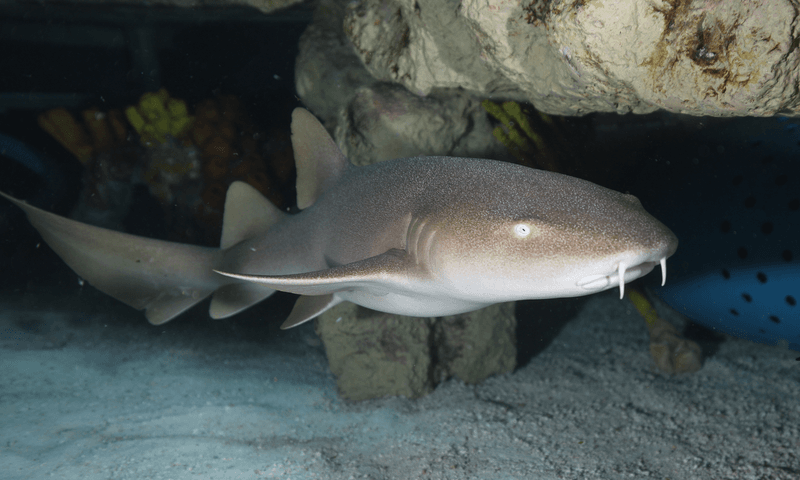
Contrary to its gentle name, the nurse shark was a surprising presence near busy beaches and piers in the 1900s. Often found resting on the sea floor, its tranquil nature was a stark contrast to its more aggressive relatives.
These bottom-dwellers were known for their aptitude in navigating crowded waters without causing alarm.
Though not a threat, the nurse shark’s presence was a reminder of the ocean’s diverse life. Their quiet existence added a calming note to the bustling beaches, leaving behind a legacy of peaceful coexistence with humans.
Blue Shark
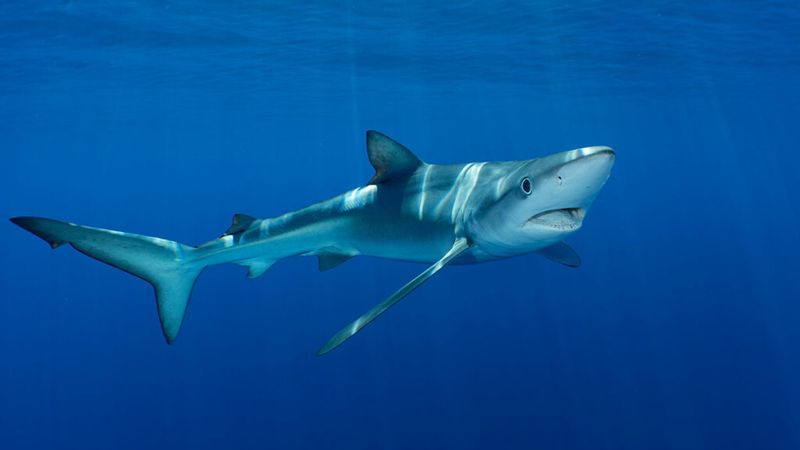
The blue shark, with its sleek, torpedo-shaped body, was once a frequent visitor to the offshore waters of the U.S. coast. Known for its striking blue hue, it was both a marvel and a menace to those who encountered it.
These sharks were often spotted by sailors and fishermen, adding an element of mystery to the ocean’s vast expanse.
Although not typically aggressive, their presence left an indelible mark on maritime history. Today, the blue shark’s graceful form is less commonly seen, but its shadow still dances in the pages of oceanic lore.
Whitetip Reef Shark
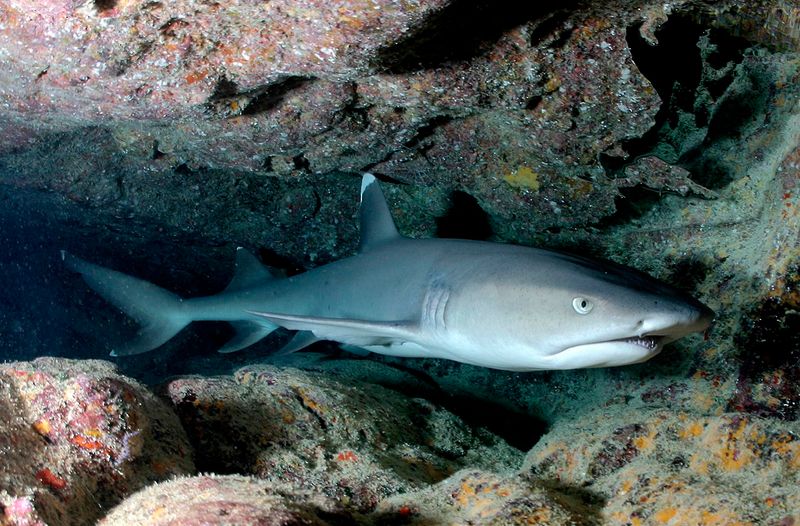
The whitetip reef shark, known for its distinctive white-tipped fins, was a beloved inhabitant of the coral-rich coastal waters in the 1900s. These small but agile predators were often seen weaving through reefs, fascinating divers and snorkelers alike.
Their curious nature often led them to explore shallow waters where humans swam, creating a delicate dance between intrigue and caution.
Though rarely aggressive, their presence contributed to a vibrant underwater world teeming with life. As human activities expanded, these sharks became less visible, leaving behind vibrant memories of underwater encounters.

